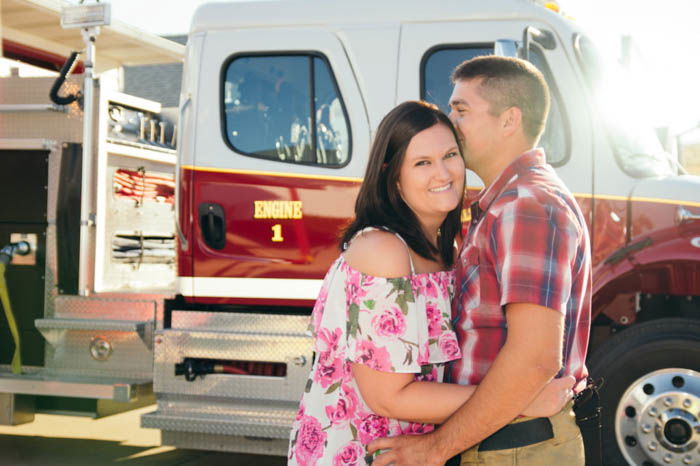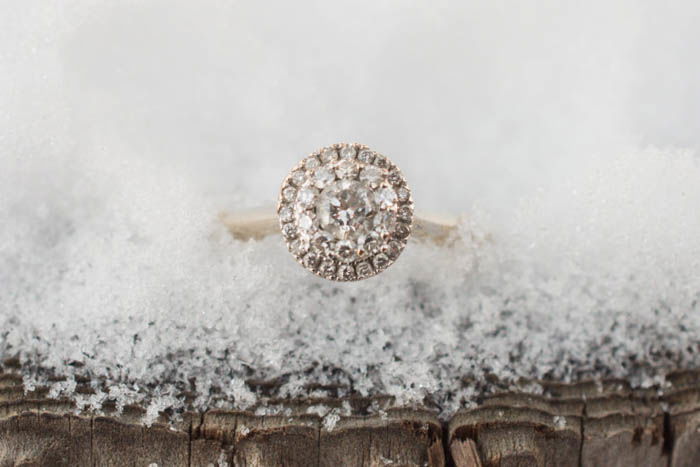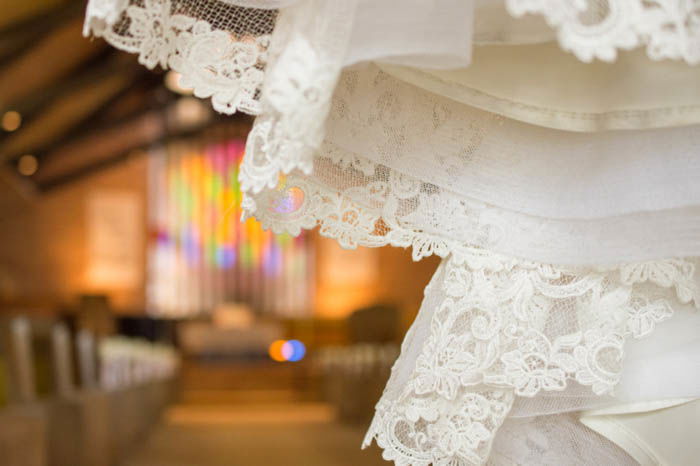When I tell a stranger that I’m a wedding photographer, I sometimes get that look. You know, the one that says, Oh, you push buttons on a Saturday and have the rest of the week to do nothing? That must be nice.
But wedding photography (as most freelance photography) is never a one-day process. Wedding photography requires contracts, meeting with potential clients, shooting engagements, running a business — and that’s only what happens before the actual wedding.
The wedding photography workflow covers everything from that initial contact to delivery of the final edited images — and sometimes even beyond.
Photographers first entering the wonderful, crazy world of shooting weddings often don’t know where to start. When does the contract go out? When should you meet the couple — and is an in-person meeting even necessary? How long does it take to edit the photos?
This guide to mastering the wedding photography workflow is for any photographer with those questions.
photography workflow goals and limitations.
My wedding photography business is not your wedding photography business. Just like two photographers would get two different sets of images even when photographing the same couple at the same venue, wedding photography workflows aren’t a one-size-fits-all deal.
I’m sharing what works for me — but it’s important to know that your wedding photography workflow may look different and that’s fine.
Before you start defining your wedding photography workflow, start with your own work in mind, your own schedule and your own lifestyle. Ask yourself a few questions:
You may not have all the answers yet, especially if you are just starting. The essential first step is to take a look at your style, your business, and your schedule in order to develop a workflow that works for you.
For example, wedding photography isn’t my full-time job — I’m also a tech writer writing about photography. That means I don’t promise my clients they’ll have a fully edited gallery a week after their wedding. Subsisting on no sleep and gallons of caffeine isn’t good for my health or the quality of my work.
Because weddings are only a portion of my work, that also means I book fewer weddings and I have a smaller budget.
Starting with a general idea of your work, your goals and your schedule will help you build a wedding photography workflow that fits your work. And don’t worry — you don’t have to chisel your workflow into stone. You can adjust as your business grows or your lifestyle changes.

My wedding photography workflow starts as soon as a potential bride and groom contact me. I keep booking as simple as I can. Planning a wedding is stressful enough, so I work to be straight-forward with my bride and groom.
While simple is good, booking a new wedding still should include several elements.
If the date is available, I will write the bride and groom in my calendar with a question mark. This allows me to keep track of what dates have already been inquired about.
Once the bride and groom says the contract is on the way, I remove the question mark.
Couples will always ask questions. And I love when couples ask questions because that starts an important, memorable conversation.
Once I’ve answered any initial questions, then I send over a wedding guide. This is a packet that helps answer all the frequently asked questions. My wedding guide includes:
Some couples ask to meet me in person before booking, other couples I meet with sometime between booking and before the actual wedding.
Occasionally, I will meet the bride and groom for the first time on their wedding day and run this meeting by phone or email. This generally only happens when the engagement is short or the location is outside my usual area.
During this initial meeting, I answer any questions the couple may have. I’ll also run through what a typical wedding day looks like for me, and give them tips on how to schedule enough time for photos.
I always recommend at least an hour, excluding any travel time and the time necessary for any receiving lines and other traditions. And for larger families, I always recommend more time.
I also let the bride and groom know that the more time they schedule for formals, the more poses they will have to choose from.
At the same time, I try to learn a bit about the bride and groom and their wedding. I ask about how they met. I ask about their wedding colors and style and about their bridal party.
The photographer is the vendor the bride and groom spends the most time with during the actual wedding day. The initial meeting can help the couple feel more comfortable around me.
The wedding contract is the only paperwork I require up front. While I have a sheet with times, addresses, clergy contact information and other details, many brides and grooms don’t have all the details ironed out this far in advance.
The contract details my responsibilities and fees along with what I deliver. My contract also states what the couple can do with their images (i.e. they can share them on social media with credit, but not sell them on a stock photography website).
The contract also details what happens if the couple cancels or changes their date. And what would happen if a medical emergency or Act of God prevented me from shooting the wedding. It hasn’t happened yet, but this is an essential detail to include in the contract.
With the wedding contract, I also require a small percentage of the wedding photography fee up front. This non-refundable fee covers the time I’ve spent on the early part of the wedding photography workflow if the couple, for some reason, has to cancel.
It also guarantees I’m not going to book anything else on the same date. Once I have the contract and deposit, that question mark comes off my wedding calendar and I’m booked for that full day.
Software can simplify the booking process, keeping your calendar, leads and other information all in one place and allowing clients to book online. For large studios, the cost of the software is likely well worth the time saved with a simpler booking system.
As a small studio, I’m able to manage the number of weddings I shoot without. Software is, however, a part of my growth plan when I need to simplify bookings even more.
Some of the most popular client management software options for wedding photographers are Tave and ShootQ.

Engagement photos allow the photographer and the couple to get to know each other ahead of time. This is why I include engagement photos in my workflow and in most of my wedding packages.
Photographing the couple ahead of time helps me learn their style, the way they interact with each other and the poses that work best for them.
So what does the engagement portion of the workflow include?

The wedding is booked, the engagements are done — but there’s still a few things I tackle as the wedding gets closer. About two to four weeks before the wedding, a wedding photography workflow may include several steps.
Before the wedding, I make sure I have the wedding detail sheet. This means I have the exact addresses of the venues along with details like the number of people in the bridal party and how to contact the clergy.
If I am shooting a ceremony where I am unfamiliar with the religion, I talk to the officiant ahead of time to make sure I am respectful to those traditions during the ceremony.
I also get the schedule of the day and the list of vendors. No one wants to be interrupted on their honeymoon because the photographer can’t remember who made the cake.
Sometimes, I just talked with the couple a few weeks ago during booking. Most of the time, months and even a year can go by between those early conversations. I like to chat on the phone (or by email if necessary) one last time before the wedding.
This is when I ask the bride to bring along an invitation to include in the detail shots and remind the couple of any remaining payments due. I’ll also confirm the time I need to arrive.
During this chat, I’ll also ask the questions that are rather awkward to ask on the wedding day. I will ask if they included me in the count for the caterer, or if I need to bring my own meal. Don’t shoot for 12 hours without eating something.
I’ll also ask details on the family. I want to know if the bride’s parents are divorced and will be in separate family photos. And I certainly don’t want to ask for the grandparents only to find the groom’s grandparents recently passed away.
Get the awkward stuff out of the way and focus on the positive conversation during the wedding day.
The day before the wedding, I make sure that all of my batteries are charged for the camera, the flash, the wireless flash receivers and transceivers. I will make sure that I have several memory cards in my bag and that all those cards are already empty.
I’ll also do a quick check and make sure the lenses are clean. I also check my back-up camera and make sure that battery is fully charged.
Weddings are long days. It’s hard to be creative when you’re tired. I make it a priority to get some rest the night before.

The day of the wedding focuses on, well, shooting the actual wedding. But there are a few workflow items that fall on the big day too.

The wedding is done. The work is not. Here’s what’s up next.
The wedding photography process begins well before the wedding day and continues well after. Finding a workflow that works with your photography — and your lifestyle — helps ensure each client is cared for and the business moves forward smoothly.
While wedding workflows differ from photographer to photographer, most will contain a majority of similar items to end with an excellent album, a happy couple, and a referral for another upcoming wedding.
SLR Lounge have recently released their Complete Wedding Photography Training System. We advise you to check it out for a full wedding photography education.
For some more great wedding photography ideas why not check out our post on making a wedding photo booth or tips on wedding photo lighting.